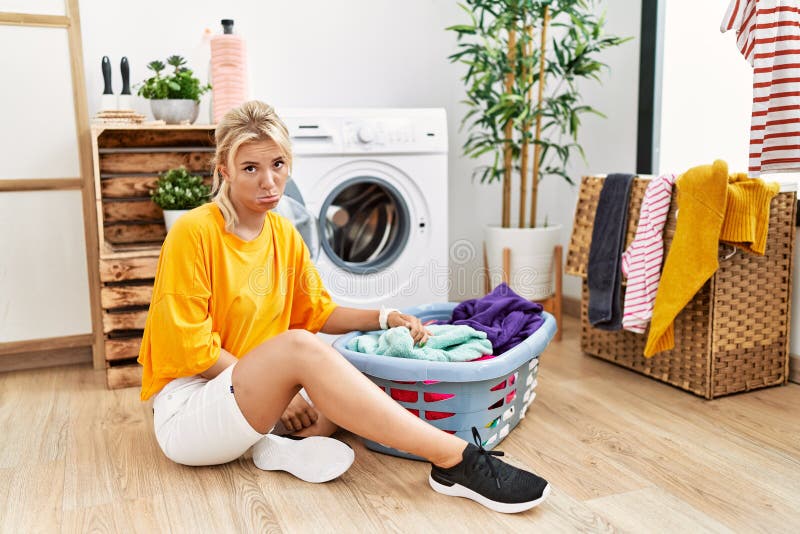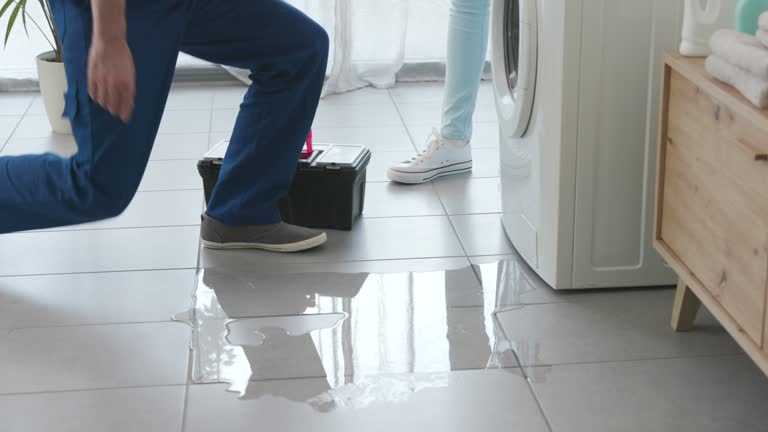Your Guide To Handling Emergency Flooding Caused By Your Washer
Your Guide To Handling Emergency Flooding Caused By Your Washer
Blog Article
Every person is bound to have his or her own assumption on the subject of Washing Machine Flooding .

How you hand those precious minutes after your cleaning device leaks and also floods can affect just how fast your building obtains restored. Understanding what you need to do and also who to call can save you from considerable damages. It will also help aid you in declaring house owners insurance policy protection. Have a look at these leading ideas below:.
Cleaning Maker Overflows And Floods.
Turn Off the Power.
Turn of the circuit breaker where the cleaning equipment is. It is important to ensure the washing machine is off. Water is a conductor, and doing this action guarantees no person experiences electrocution. Besides, you must not utilize your washing machine up until a specialist technician has actually examined it.
Shut Off Water.
You should turn off the supply of water of the device. Whether it overflows for unknown reasons, breaks down in the lower pipes, or ruptures the primary hose pipe, you will be handling remarkable amounts of water. If the local supply line to the washing machine does not shut it off, you have to shut off the main water shutoff outside your house.
Call the Pros.
If you think the trouble is with your water line, you need to call a certified plumber. Nevertheless, if you are uncertain, call a washing machine technician for a quick evaluation. This person can tell you best what the problem is. Maybe an issue with the equipment itself or the pipes linking to the machine.
Paper the Damages.
Before cleaning up this emergency flooding circumstance, you have to document whatever. Keep in mind, photos, as well as video clips. It would certainly be best if you had all of this as evidence to support your insurance coverage claims. After that you can call your home owner's insurance service provider to check what other requirements they require to refine your demand.
Get the Standing Water.
As you wait for the plumber or fixing service technician to find, you should deal with the flooding. If your washing machine remains in the basement with considerable flooding, you need a submersible pump to get the water. You can rent or obtain this. However, if it takes place in the middle of the evening, the old container approach will certainly additionally work. Usage a number of jugs to manually dump out the water. It would be best if you did this today, as the longer the water stays, the extra substantial the damages.
Dry the Area as Long As Feasible.
After taking out the standing water, obtain sponges or old towels to draw out as much water from the floor or carpet. Keep the home windows open up to circulate the air. You may likewise utilize electrical followers to speed up the drying process. Remember, water will cause mildew and mold and mildew development which is unsafe to your wellness. If you really feel that the circumstance is too much to deal with, you can also seek water removal solutions from a reconstruction firm. Your insurance policy case could also aid pay for this solution, so just ask.
Keep in mind, a damaged washer with dripping pipelines will certainly result in disastrous damages due to the large quantities of water it can offload. Hence, it would certainly help to have your equipment and water lines examined every year. You can look for assistance from a credible plumber to change your supply line tubes. Doing inspections stops difficult malfunctions and costly failures.
MY WASHING MACHINE FLOODED THE HOUSE! WHAT SHOULD I DO?
STOP THE WATER
First things first, turn off the water. You ll want to stop the flooding at its source, which is the washing machine s water supply. Once you ensure the water is turned off, unplug your washing machine.
If there is standing water around the electrical plug, you may want to take an extra precautionary step and turn off the power before unplugging your washer to prevent electrical shock.
CLEAN UP WHAT YOU CAN
Next, you ll want to clean up as much water as you can. Depending on how much your washer flooded this may take a lot of towels, but it is very important in ensuring you don t have lasting washing machine water damage. For a large amount of water, using a wet vacuum and large fans for drying will be most effective.
EMPTY THE MACHINE
Once you ve cleaned up the majority of the water from the overflow, you ll want to remove any items from your washer, along with any leftover water that is still in your machine. This will give a you or a repairman the ability to analyze your machine and determine the cause of the washing machine overflow.
CALL IN THE EXPERTS
Depending on how washing machine-savvy you are, you may be able to determine the cause of the overflow yourself maybe you notice a faulty hose, like we discussed earlier. But if you aren t able to determine why your washing machine flooded, you ll want to get someone in there who can.
FIX ANY WATER DAMAGE
Effects of water damage after a washing machine flood may include damage to surrounding areas, such as your floors, walls, or other close-by machines. And while visual damages might be the most noticeable, you ll want to pay attention to smell as well. A wet-dog type of smell is normal at first and can usually be remedied by opening nearby windows to air-out the area.
However, if the smell lingers for more than three days, that s an indication there is still water somewhere. Even after thoroughly drying the impacted area, water may be hiding in your floors or in the sheetrock in your walls, which can indicate mold. Call in a mold remediation professional to inspect your property for hidden moisture.
WHAT CAUSES WASHING MACHINES TO FLOOD?
Too much laundry soap. When it comes to how much soap you use, be sure to not exceed the recommended amount. Using too much soap can cause build up and clog your washing machine leading to overflow. Too many clothes. If you overload your washer with too many clothes, you may notice your washing machine becoming unbalanced and making awful noises, like a spaceship getting ready to take off. This is an indication that your washer is out of alignment which can lead to a flood. Too weak or old of a hose or other faulty washing machine parts. Washing machines rely on hoses to transport water to and from the washing machine. If one of the hoses becomes weak, faulty, or develops a crack, say hello to a flood. You ll want to ensure your hoses are in good shape and properly connected so no water can leak out. It s also important to check the washing machine draining mechanisms, as well as the door latches and seals. Making sure everything is in tip-top shape and proper working order will help keep your washer from flooding. https://www.servicemasterbyzaba.com/blog/washing-machine-flooded/

I'm certainly very fascinated with Washing Machine Overflow and I hope you enjoyed reading my blog post. Are you aware of somebody who is fascinated by the niche? Take a moment to share it. I love reading our article about Washing Machine Flooding .
Book Today!
Report this page